Designing a Visual Identity: Colors, Fonts, and Logo Essentials
The Power of Visual Identity
A strong visual identity not only makes your brand visually appealing but also communicates your values and sets you apart from the competition. Here’s how to get started:
1. Colors: The Psychology of Hues
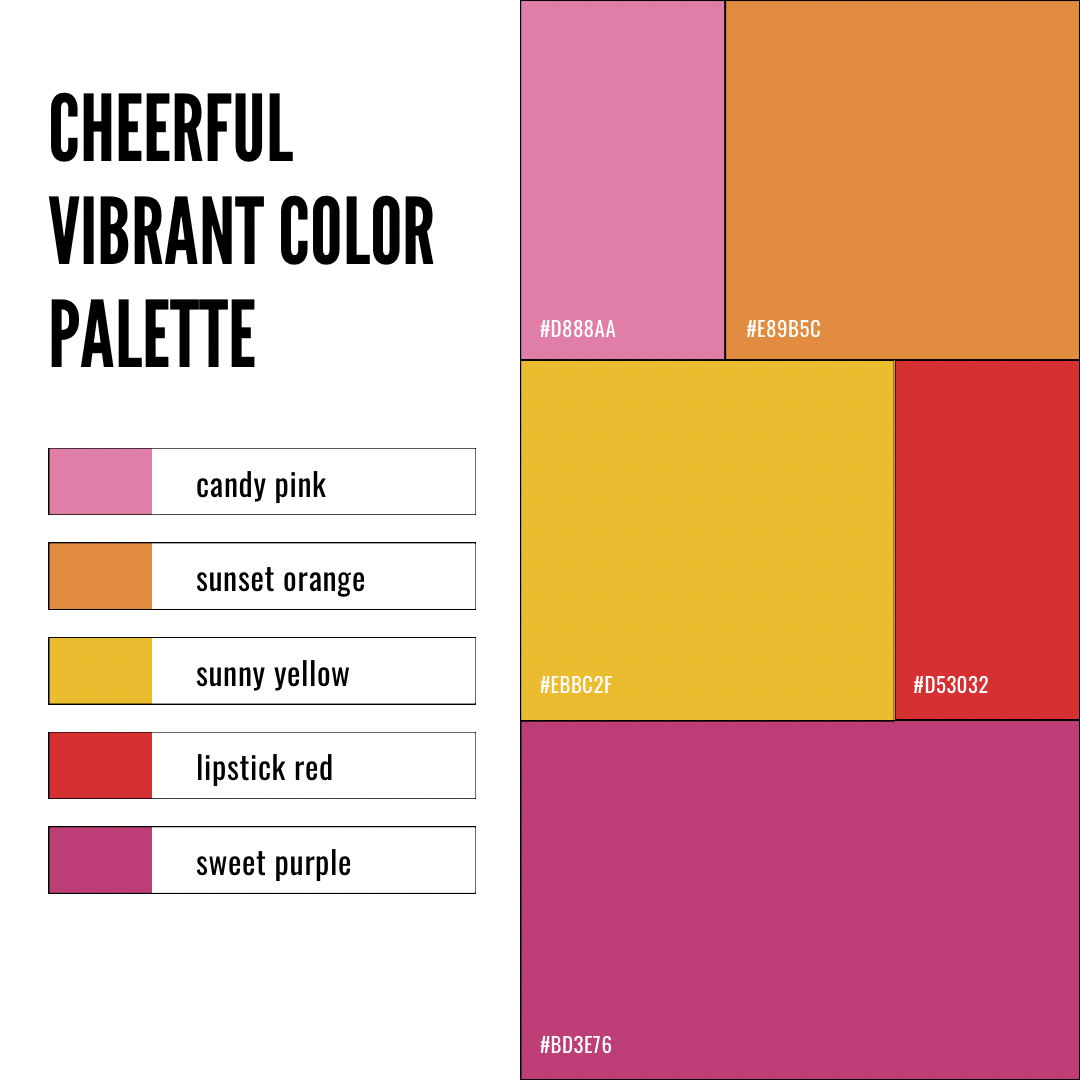
Colors evoke emotions and convey messages without words. Choose a color palette that resonates with your brand’s personality and appeals to your target audience. Here are some common color associations:
- Red: Passion, energy, and excitement.
- Blue: Trust, reliability, and professionalism.
- Green: Growth, health, and eco-friendliness.
- Yellow: Optimism, warmth, and happiness.
- Purple: Luxury, creativity, and sophistication.
- Black: Elegance, power, and authority.
Consider how you want your audience to feel when they encounter your brand. Your color palette should align with those emotions.
2. Fonts: The Typography of Tone
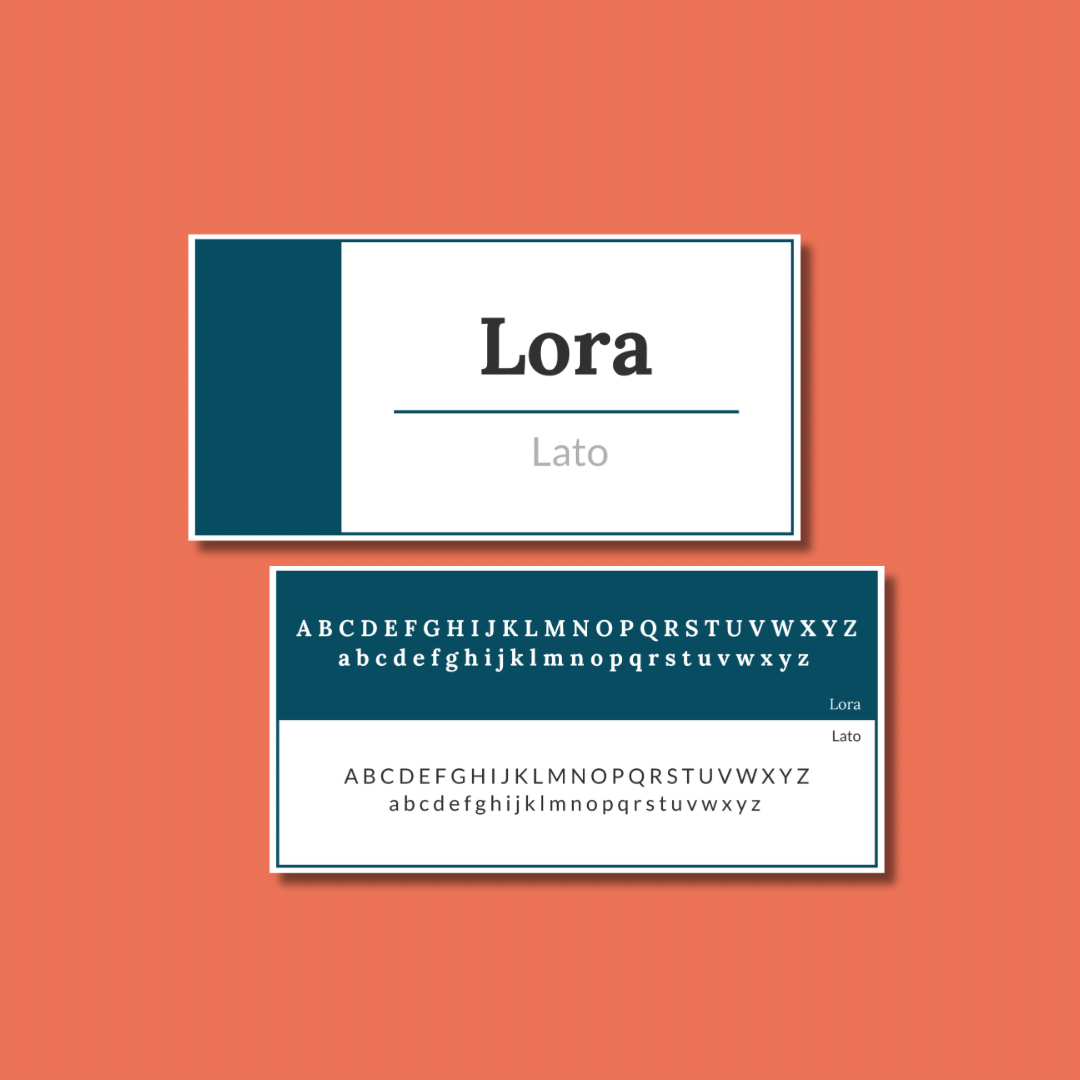
Fonts have personalities, too. Select fonts that complement your brand’s voice. Serif fonts like Times New Roman convey tradition and professionalism, while sans-serif fonts like Helvetica offer a clean and modern look. Script fonts can evoke elegance and creativity, while bold fonts scream confidence. Consistency in font choices across your branding materials is key for a cohesive visual identity.
3. Logo: The Face of Your Brand
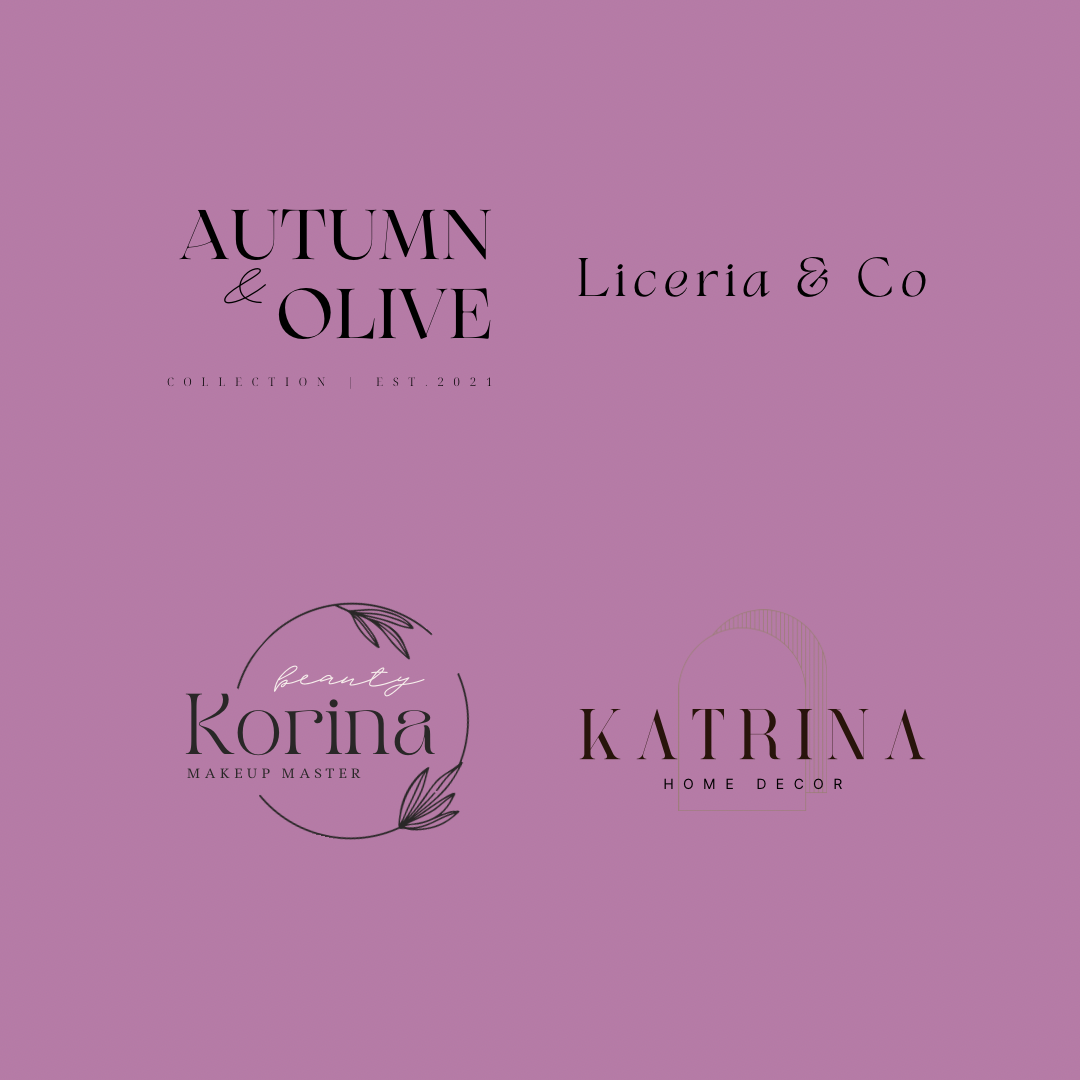
Your logo is the symbol that represents your brand in its simplest form. It should encapsulate your brand’s essence. Here’s how to create an impactful logo:
- Simplicity: Keep it clean and uncluttered. A simple design is more memorable.
- Relevance: Ensure your logo reflects your brand’s purpose and values.
- Versatility: Your logo should look great across various platforms and sizes.
- Uniqueness: Stand out from the crowd. Avoid clichés and generic designs.
- Scalability: Your logo should look just as good when scaled down as it does when enlarged.
Putting It All Together
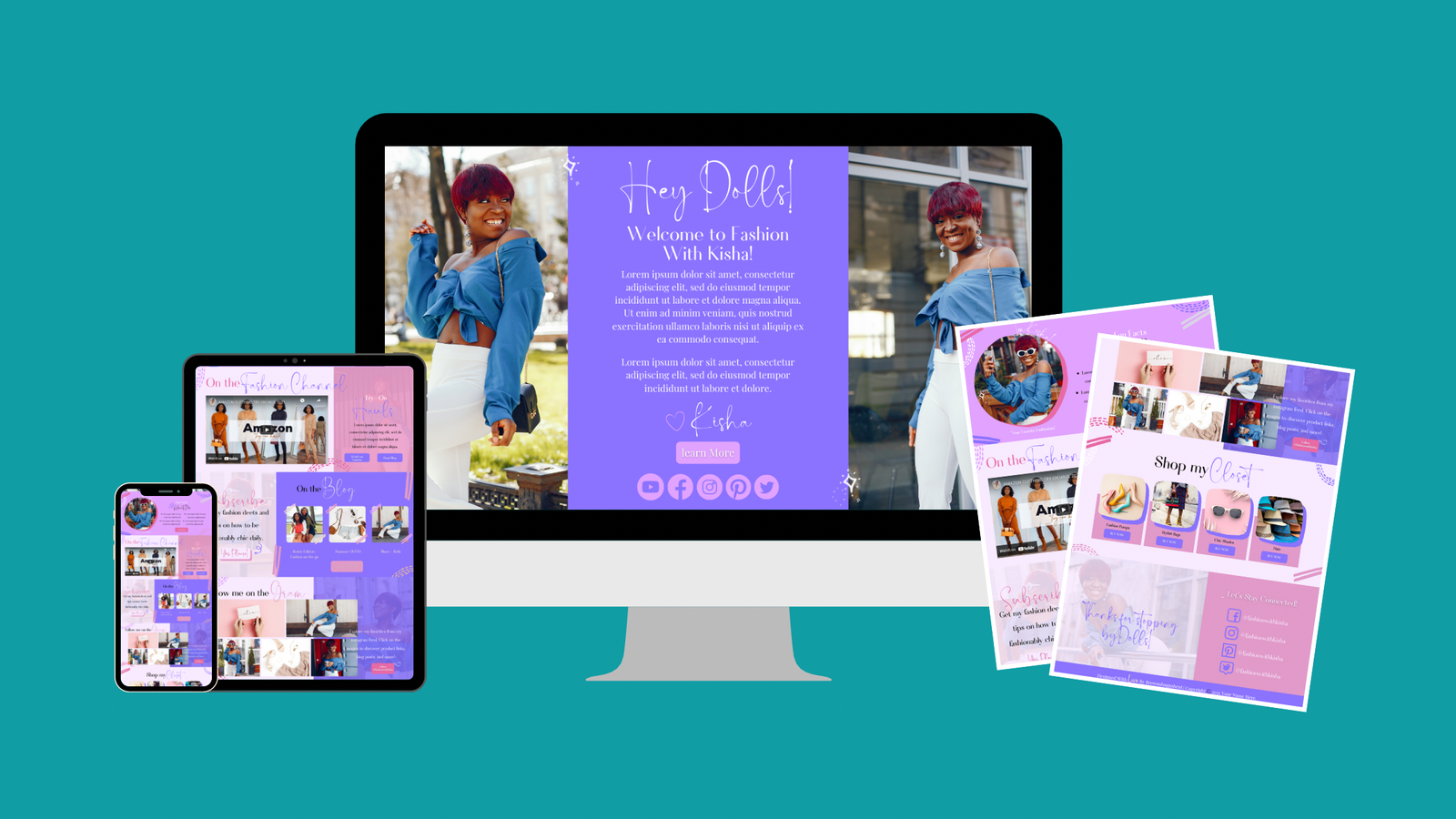
Once you’ve chosen your colors, fonts, and logo, use them consistently across all brand materials:
- Website: Your website is your digital storefront. Use your visual identity to create an engaging online experience.
- Social Media: Consistent branding across social platforms reinforces your identity and builds recognition.
- Marketing Collateral: From business cards to brochures, your branding should be evident in all printed materials.
- Content: Apply your visual identity to your blog posts, videos, and other content to maintain a cohesive look and feel.
Recommendation:
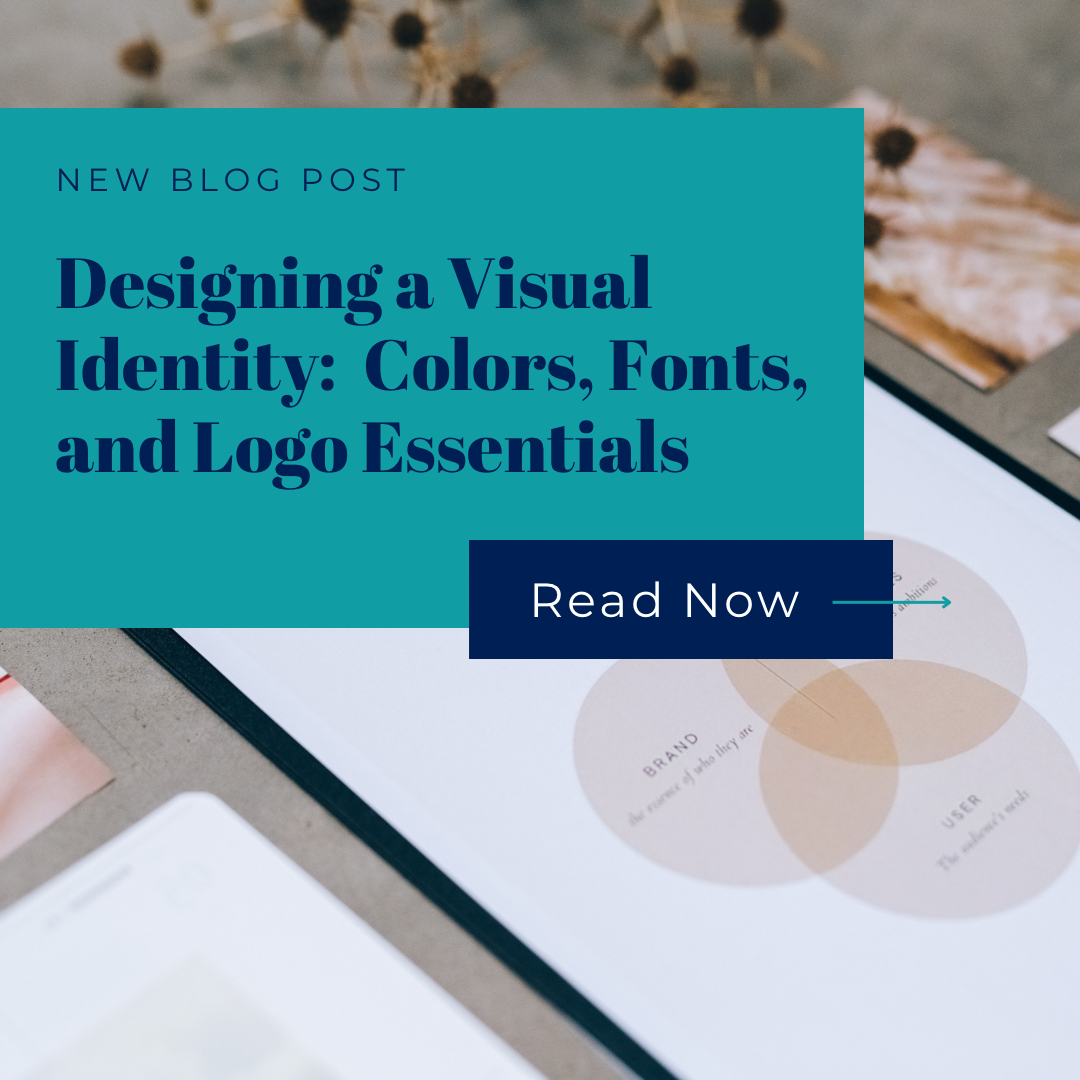
Designing a visual identity is a creative journey that shapes how your audience perceives you. Take your time, experiment, and don’t hesitate to seek professional help if needed. A strong visual identity is an investment that pays off in brand recognition and loyalty.
Ready to dive deeper into the world of visual branding? Explore our branding resources for expert guidance and tools.



